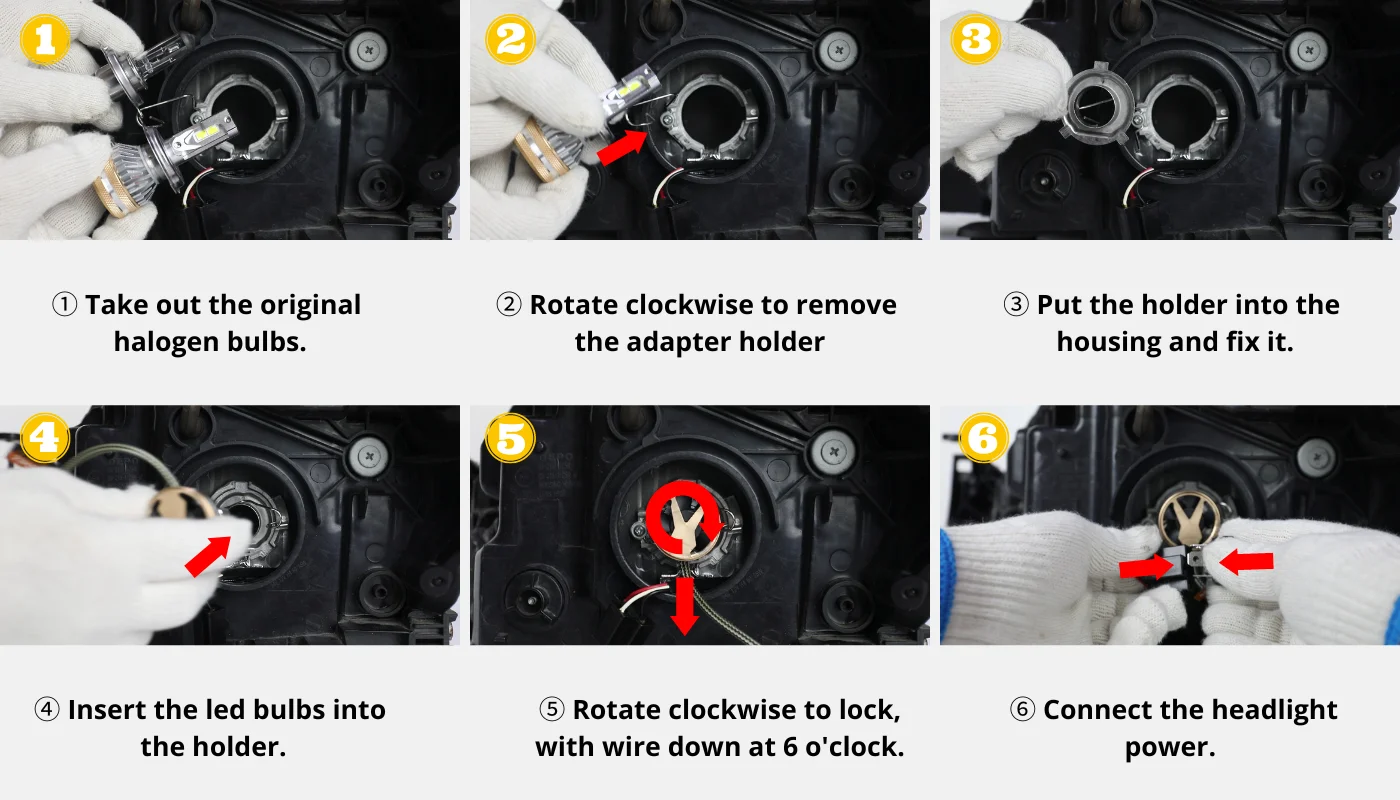History of the Automotive Industry
History of the Automotive Industry provides a glimpse into the history of automobiles, including the early companies that started to make cars. The changes that have happened in the industry, and the transformations that have occurred, are discussed in this article. These changes have had an impact on the way people drive today.
Early automobile companies
Car manufacturing began in the United States in the early twentieth century. Its development was influenced by a number of innovations and changes in business structures and markets.
Automobiles offered more freedom of mobility. They also helped develop urban planning. Their widespread use provided greater opportunity for urban sprawl. With their increased affordability, consumers could purchase a wide variety of automobiles. These vehicles also contributed to the economic growth of the country.
The advent of the assembly line made cars more affordable for consumers. This method also improved working conditions and increased the volume of automotive production per day.
By the start of the Great Depression, car companies were largely small and specialized. As a result, there were only 44 active automobile manufacturers in the United States in 1929.
Walter P. Chrysler
A great book on the history of the automotive industry is Chrysler: The Life and Times of an Automotive Genius by Vincent Curcio. It is an excellent introduction to the man who changed the automobile industry from one made of wood and cloth to the new world of steel and metal.
Walter Chrysler was an American industrialist, engineer, and auto manufacturer. His life was marked by a number of notable achievements. Most importantly, he was a great problem-solver.
In 1893, he attended the World’s Columbian Exposition in Chicago. He had a reputation as a superb mechanic and an impressive list of accomplishments.
He began his career as a railroad repairman, working on steam locomotives in Kansas. After a few years, he became the master mechanic for the Chicago Great Western Railroad in Oelwein, Iowa. Later, he worked for the Colorado and Southern Railroad.
Citroen
When it comes to the history of the automotive industry, the story of Citroen can be told in a number of ways. This French car maker has been making vehicles since 1919. During this time, the company has been creating revolutionary products, including the first ever mass-produced front-wheel drive automobile. Today, the company is present in 101 countries. In fact, its name translates to “Facile a Fabriquer,” which means easy to manufacture.
In the 1920s, the European auto industry was unproven in mass production techniques. Andre Citroen was an early innovator. He used the mass-production methods of Henry Ford to revolutionize the automobile industry. Using his knowledge of engineering, he designed an affordable car that appealed to the masses.
By the end of the 20th century, Citroen was the largest car maker in Europe. It had a fleet of six hundred sales and service outlets, as well as a large network of repairing agents.
Shimadzu
Shimadzu and the history of the automotive industry are intertwined in so many ways. From the early adoption of automobiles, to its rapid development over the last two decades, to the latest innovations in self-driving vehicles, the evolution of the industry has been a significant step forward.
The automobile is a good friend to mankind, and has helped us in our transportation needs for a long time. However, it also brings about huge changes in our daily lives. With the advent of advanced technology, it has improved the way we do our transportation, but safety has always been important.
When automobiles started to be mass-produced, Shimadzu was a crucial partner to manufacturers. In the early motorization period, Shimadzu designed a wide variety of devices for safe and efficient mobility. These included devices for X-rays, gas chromatographs, spectrographs and optical measurement technologies.
Transformations in the automotive industry
The automotive industry is one of the most competitive sectors in the world. However, it faces a host of challenges, from a rise in regulatory standards to increased emission requirements to a need to reduce carbon dioxide emissions from passenger cars. These challenges make the industry a prime candidate for transformative change.
Transformation is a critical aspect of automotive industry. Car manufacturers have to keep up with the ever-changing laws and regulations as well as rapidly developing technologies. In order to do so, they need to improve their production and efficiency. To accomplish this, they need to implement new digital technologies. But how can car makers do this in the face of increasing competition?
A critical political economy approach can help to unravel the automotive sector’s logics. It can also help to assess the role of trade unions and workers in this transition.












